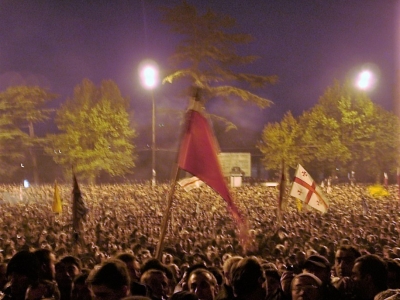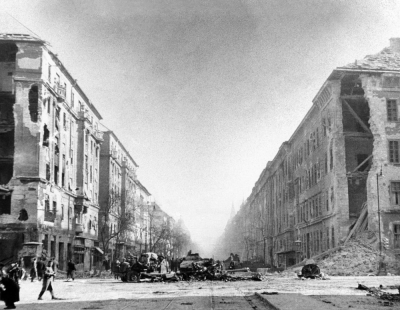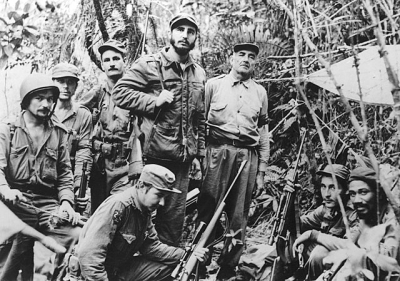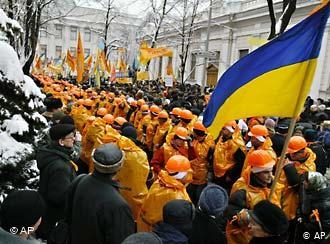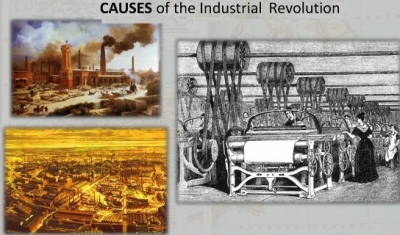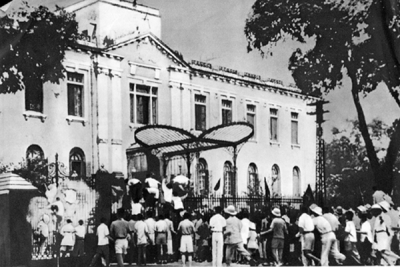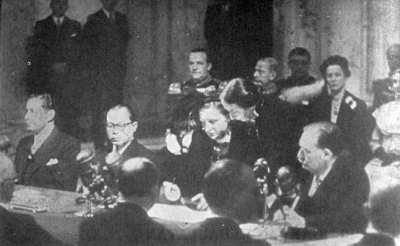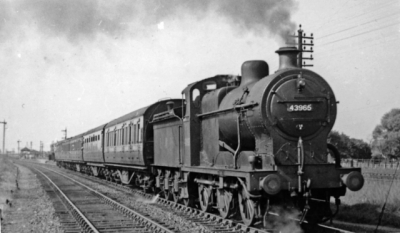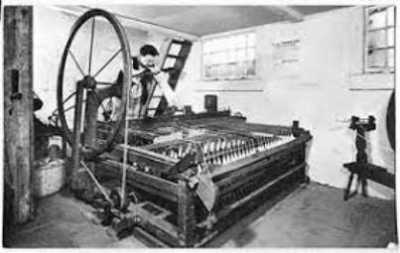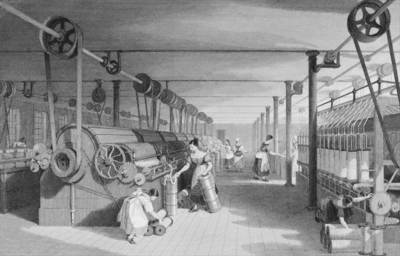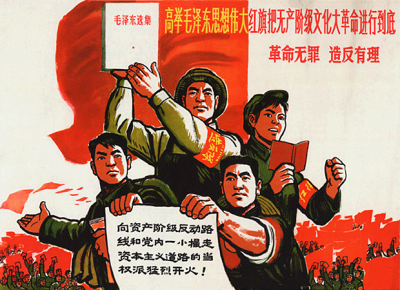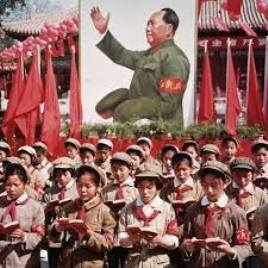What is known as the Egyptian Revolution of 2011?
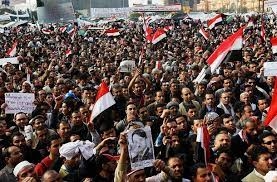
The Egyptian Revolution of 2011 was a revolt to overthrow President Hosni Mubarak. It started on 25th January, 2011. Various youth groups wanted to express their protest against the increasing police brutality during the last five years of Hosni Mubarak’s presidency.
The revolution consisted of marches and non-violent civil resistances. The protesters called for Mubarak to step down immediately. They wanted democracy and free elections. As the demonstrations gained momentum, the Mubarak regime resorted to violent tactics against the protesters. Hundreds were killed. Mubarak tried to pacify the protesters with concessions. He even pledged to step down at the end of his term in 2011. After almost three weeks of mass protests in Egypt, Mubarak stepped down leaving the Egyptian military in control of the country. After a lot of political struggle, Abdel Fattah al-Sisi went on to become Egypt’s president by popular election in 2014.
Picture Credit : Google


